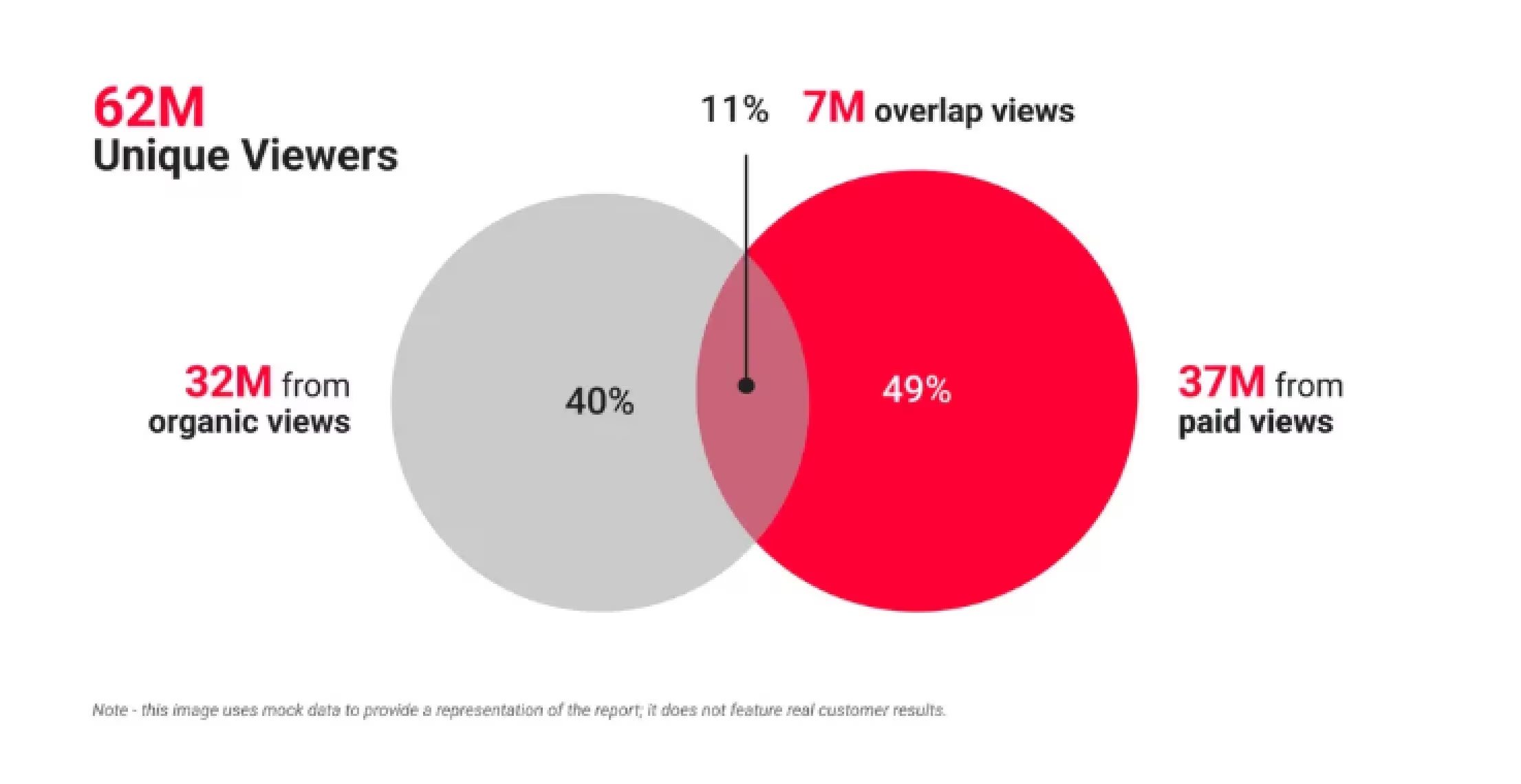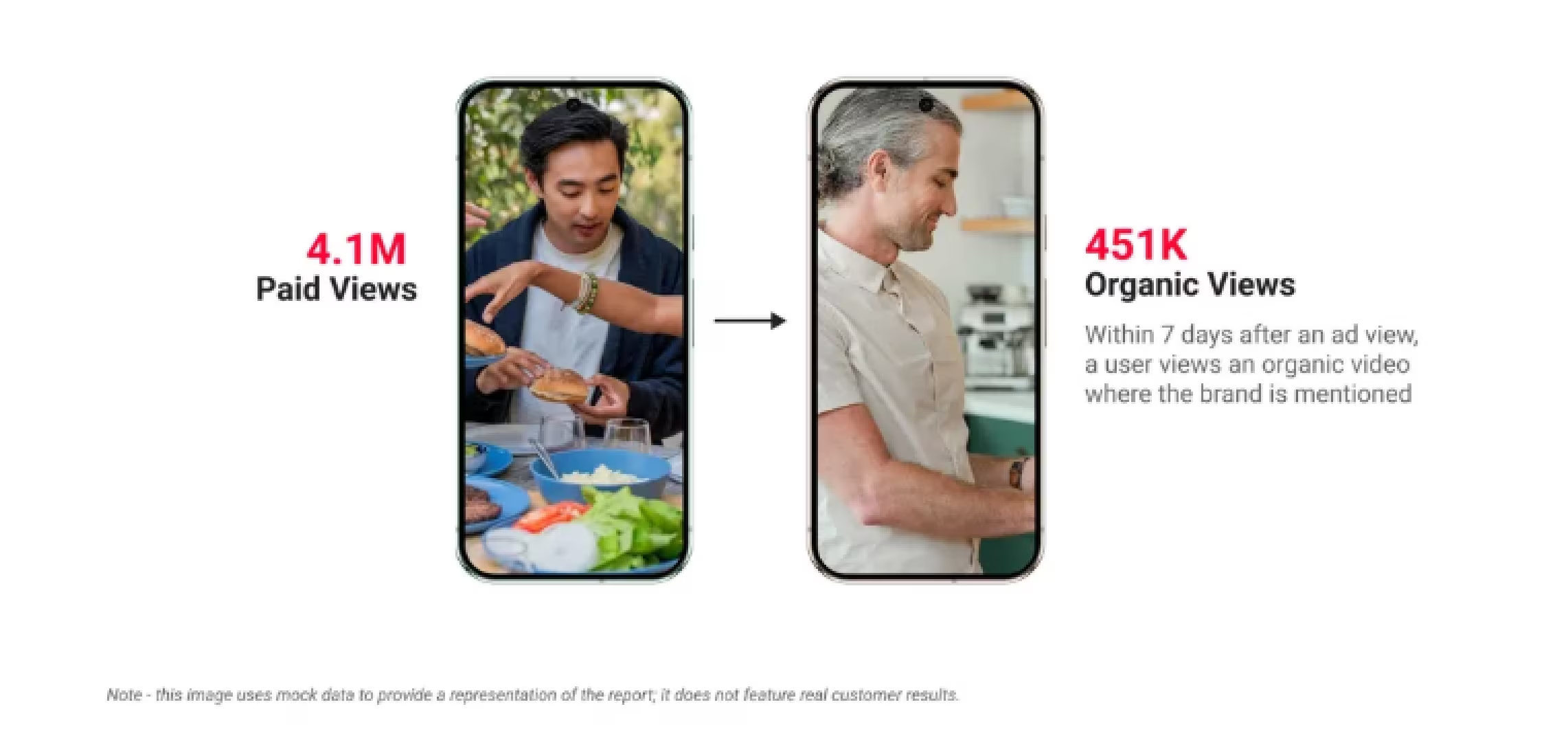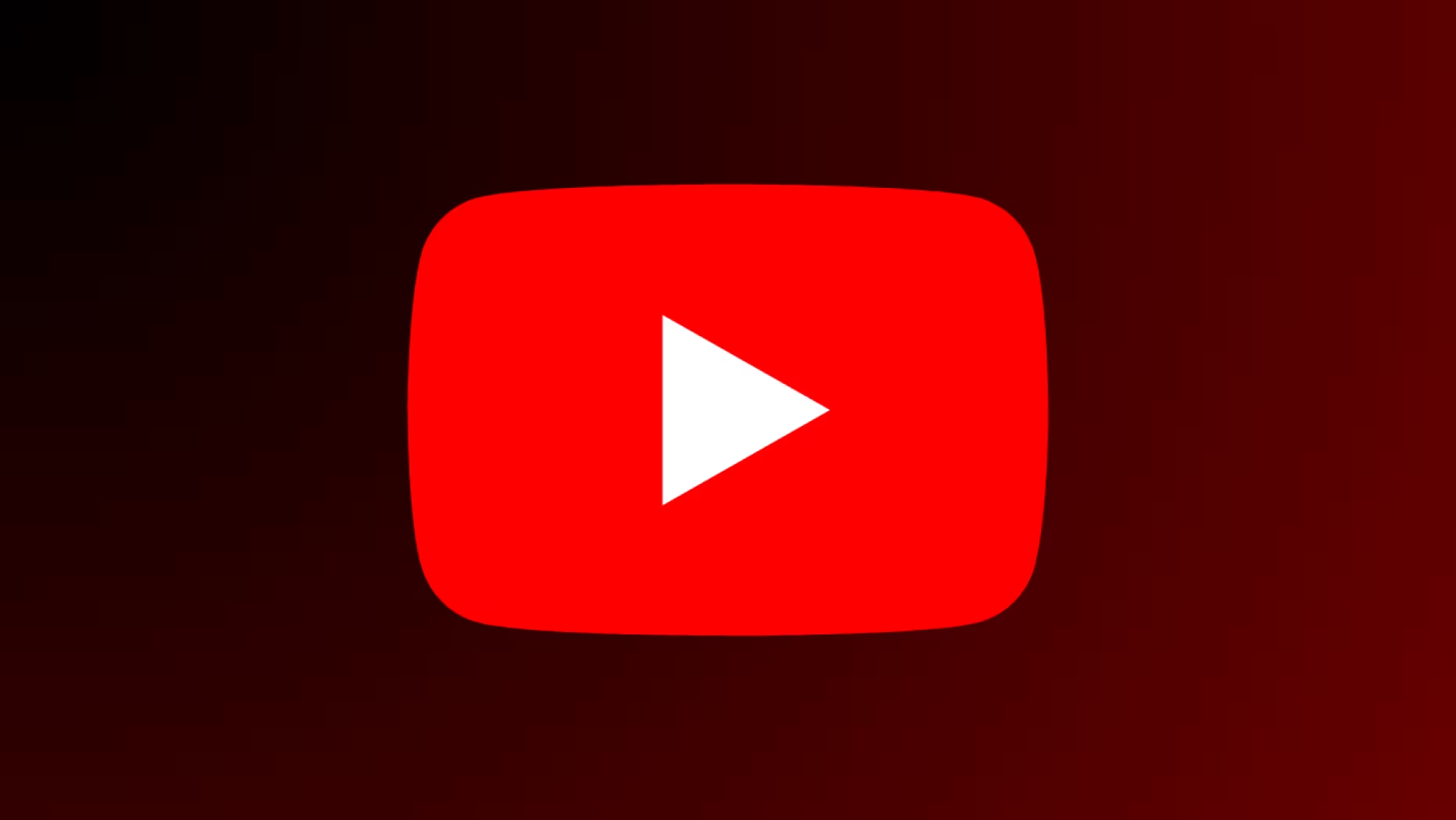On October 9, 2025, YouTube released the Brand Pulse Report, an AI-powered tool that tracks your brand's presence across paid ads, creator videos, and organic content for the first time. The tool uses multi-modal AI to detect brand mentions through logos, product shots, and spoken references, even in videos you didn't create. The data reveals that within 7 days of seeing a paid ad, viewers often watch organic videos mentioning your brand, a connection that was previously impossible to measure. Currently available to select advertisers with broader rollout planned for coming months.
The Measurement Gap This Finally Solves
If you're running YouTube campaigns, your data lives in silos:
- Paid campaign dashboard: Views, click-through rates, conversions
- Creator partnerships: Spreadsheets with engagement metrics from each influencer
- Organic channel: YouTube Studio analytics for your owned content
- User mentions: Completely invisible unless you manually search
When your CMO asks "What's our total YouTube impact?", you can't answer with data. You're reporting on pieces of the puzzle, not the full picture.
That's exactly what YouTube's Brand Pulse Report fixes.
How Brand Pulse Works: Multi-Modal AI Detection
The Brand Pulse Report uses first-of-its-kind multi-modal AI to scan YouTube for every appearance of your brand. According to industry reports, this technology represents a significant advancement in video platform analytics:
Visual detection:
- Brand logos (even partially visible)
- Product shots and packaging
- On-screen graphics
Audio detection:
- Spoken brand names
- Product mentions in dialogue
Text detection:
- Video titles and descriptions
- On-screen captions
Practically, this means: If a beauty creator mentions "I'm using [Your Brand] foundation" in a get-ready-with-me video, even unpaid, the report captures it. If your product appears in the background of a gaming stream for 3 seconds, it counts.
You're seeing the full ecosystem, not just what you paid for.
The 4 Metrics That Actually Matter
1. Total Unique Viewers
How many individual people have been exposed to your brand across all YouTube content, paid, organic, creator, and user-generated.
Not impressions. Not views. Actual unique humans.
For a small business spending $2,000/month, this answers: "Am I reaching 5,000 people or 50,000 people?"

2. Share of Watch Time
What percentage of watch time in your category belongs to content featuring your brand.
If you're in fitness supplements and own 8% of fitness-related watch time, you know where you stand. If that was 3% last quarter, you have proof your strategy is working.
3. Paid-to-Organic Lift
How your paid ads drive views of organic content mentioning your brand.
YouTube found that within 7 days of viewing a paid ad, users frequently watch organic videos featuring that brand. The Brand Pulse Report quantifies this for the first time.
Example: "Our $30K in YouTube ads last month drove 75,000 views of creator reviews we didn't pay for."
4. Search Lift
How YouTube exposure drives branded searches on both YouTube and Google.
When someone sees your ad, watches a creator mention you, then searches "[Your Brand] review", Brand Pulse connects those dots.
This is particularly valuable for smaller businesses who can't afford traditional brand tracking studies costing $50,000+.
Brand Pulse vs. Brand Lift Studies: What's the Difference?
Many marketers are confusing these two tools. Here's the breakdown:
Simple way to think about it:
- Brand Lift Study: "Did our new ad campaign make people more aware of us?"
- Brand Pulse Report: "Where does our brand appear on YouTube, and what happens when people see it?"
You can (and probably should) use both.
Who Can Access Brand Pulse Right Now
Current status: Available only to select advertisers as of October 2025. YouTube plans broader rollout "in the coming months" but hasn't announced specifics.
To check if you have access:
- Log into Google Ads
- Navigate to video campaigns
- Look for "Brand Pulse" in reporting menu
Don't have access? Here's what to do:
- Contact your Google Ads rep and ask to join the beta
- Accounts spending $10,000+/month get priority for new features
- Agencies: Your Google partnership manager can request access for client accounts
- Everyone else: Keep checking monthly for rollout updates
What to Do While Waiting for Access
Don't wait to start preparing. Here's your action plan:
Document Your Baseline Now
Track your current YouTube presence so you can measure growth later:
- Monthly views on owned channel (YouTube Studio)
- Paid campaign reach (Google Ads dashboard)
- Creator mentions (manually search "[Your Brand]" on YouTube, count results)
When Brand Pulse goes live, you'll have comparison data.
Consolidate Your Data Sources
Your YouTube data probably lives in four places:
- Google Ads (paid campaigns)
- YouTube Studio (channel analytics)
- Spreadsheets (creator tracking)
- Email threads (partnership results)
Start pulling this into one dashboard now. You can export manually to Google Sheets, or automate data collection with tools like Dataslayer to connect Google Ads and YouTube Analytics to dashboards in Looker Studio, Power BI, or BigQuery.
Map Your Content Ecosystem
Create a simple inventory:
- Your paid campaigns (budget, dates, creative)
- Creator partnerships (who, when, estimated reach)
- Organic content (video titles, dates, views)
A beverage company did this and discovered 47 creator mentions they didn't know existed. When their Brand Pulse access came through, they immediately understood which creators drove the most impact.
What This Changes About YouTube Strategy
The Brand Pulse Report fundamentally changes three things:
1. You can finally justify creator budgets
Before: "We're paying $5,000 per creator partnership and hoping it drives awareness."
After: "Creator partnerships delivered 50,000 unique viewers at $0.10 per viewer, and 30% watched our owned content afterward."
2. Paid campaigns have measurable organic amplification
Before: "Our $20K in ads generated 2 million impressions."
After: "Our $20K in ads generated 2 million impressions and drove 500,000 additional organic views—2.5 million total reach."
3. You can benchmark against competition
Before: "We think our YouTube presence is strong, but we're not sure."
After: "We own 12% of category watch time, up from 8% last quarter, while our main competitor dropped from 25% to 20%."

FAQ: YouTube Brand Pulse Report
What is YouTube's Brand Pulse Report?
The Brand Pulse Report is an AI-powered measurement tool that tracks your brand's total presence across YouTube, including paid ads, organic content, creator videos, and user-generated content. It uses multi-modal AI to detect brand mentions through visuals (logos, products), audio (spoken references), and text (titles, descriptions). Available to select advertisers as of October 2025.
How much does Brand Pulse cost?
The Brand Pulse Report itself is free, but you need active YouTube ad campaigns to access it. There's no specific minimum spend requirement for Brand Pulse, though higher-spending accounts typically get priority for new features. This differs from Brand Lift Studies, which require $10,000-60,000 in campaign spend.
Who can use the Brand Pulse Report?
Currently only select advertisers have access. YouTube announced broader rollout "in the coming months" without a specific timeline. Check your Google Ads account under video campaign reporting, or contact your Google Ads representative to request beta access.
How is this different from regular YouTube Analytics?
YouTube Analytics shows performance for your owned channel only. Brand Pulse shows your brand's presence across all YouTube content—including videos you didn't create. It tracks when creators mention you, when your product appears in user-generated content, and how paid campaigns drive organic exposure.
Can the Brand Pulse AI detect my brand accurately?
YouTube claims the AI uses "first-of-its-kind multi-modal" detection but hasn't published accuracy metrics. Factors that could affect accuracy: partially visible logos, mispronounced brand names, or very brief appearances. When you get access, spot-check a sample of flagged videos to validate the AI's findings.
Conclusion
The Brand Pulse Report represents the first time marketers can see their complete YouTube ecosystem in one view—paid, owned, earned, and organic all connected by AI.
The tool isn't widely available yet, but that's exactly why you should prepare now. The marketers who win will be those who:
- Document baseline metrics before access
- Consolidate data sources into unified dashboards
- Understand their current creator ecosystem
- Know which questions to ask when Brand Pulse data arrives
Your competitors will have this tool soon. The question is: Will you be ready to use it better than they do?
Want to consolidate your YouTube analytics and Google Ads data now? Try Dataslayer free for 15 days to automatically pull metrics into Google Sheets, Looker Studio, BigQuery, or Power BI—so you're ready when Brand Pulse access arrives.







